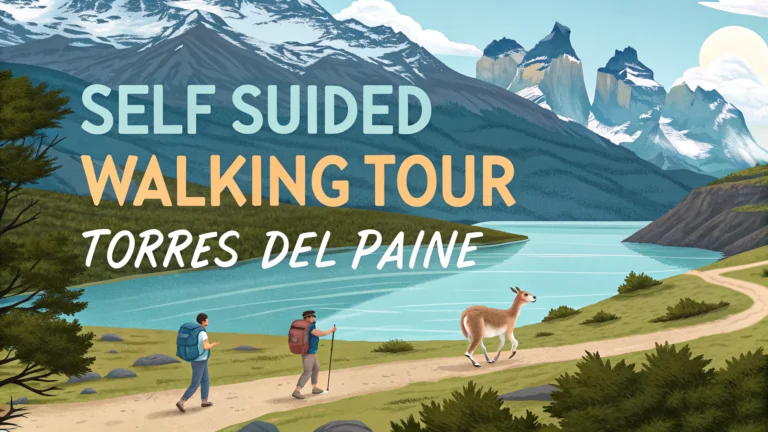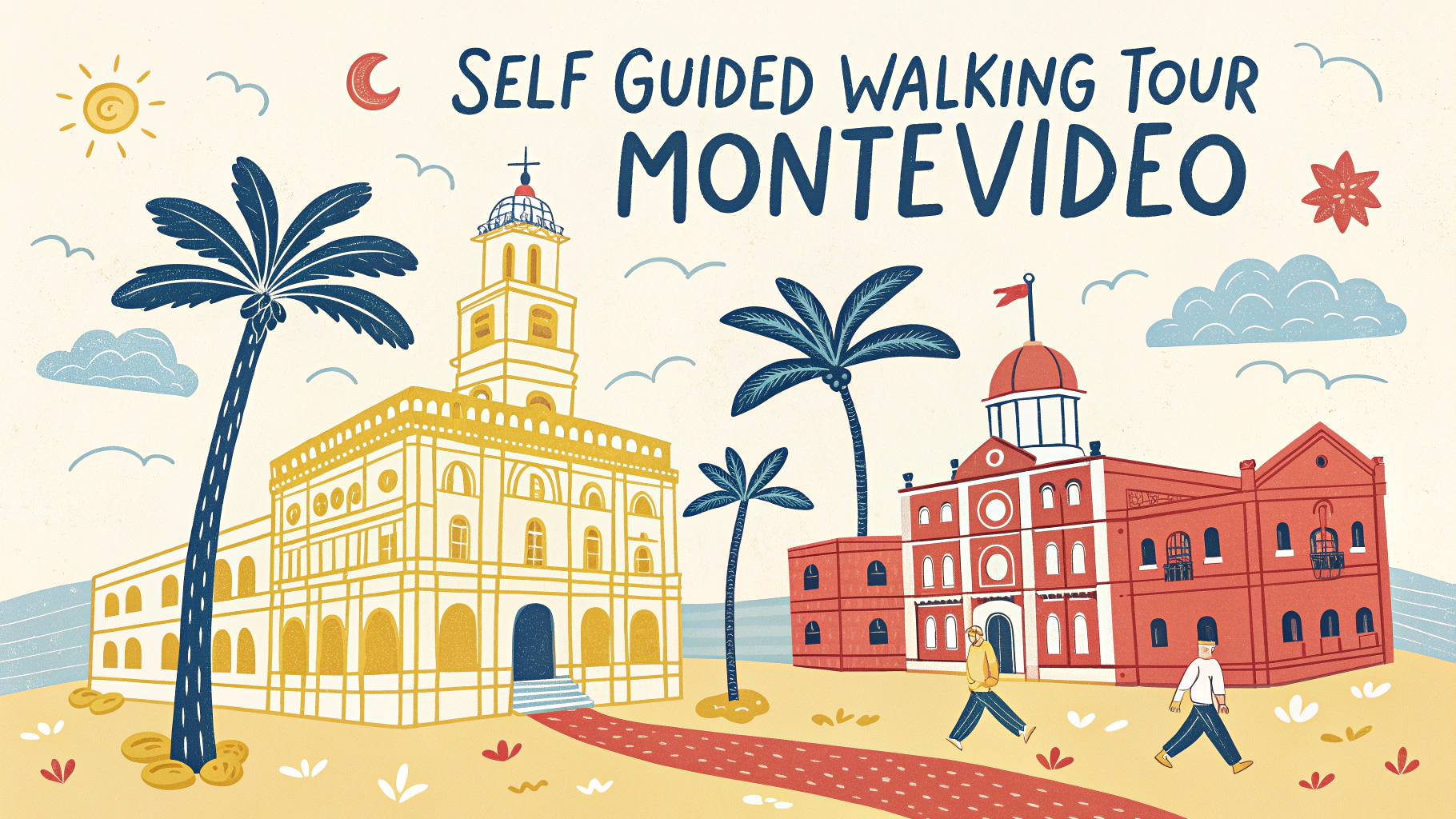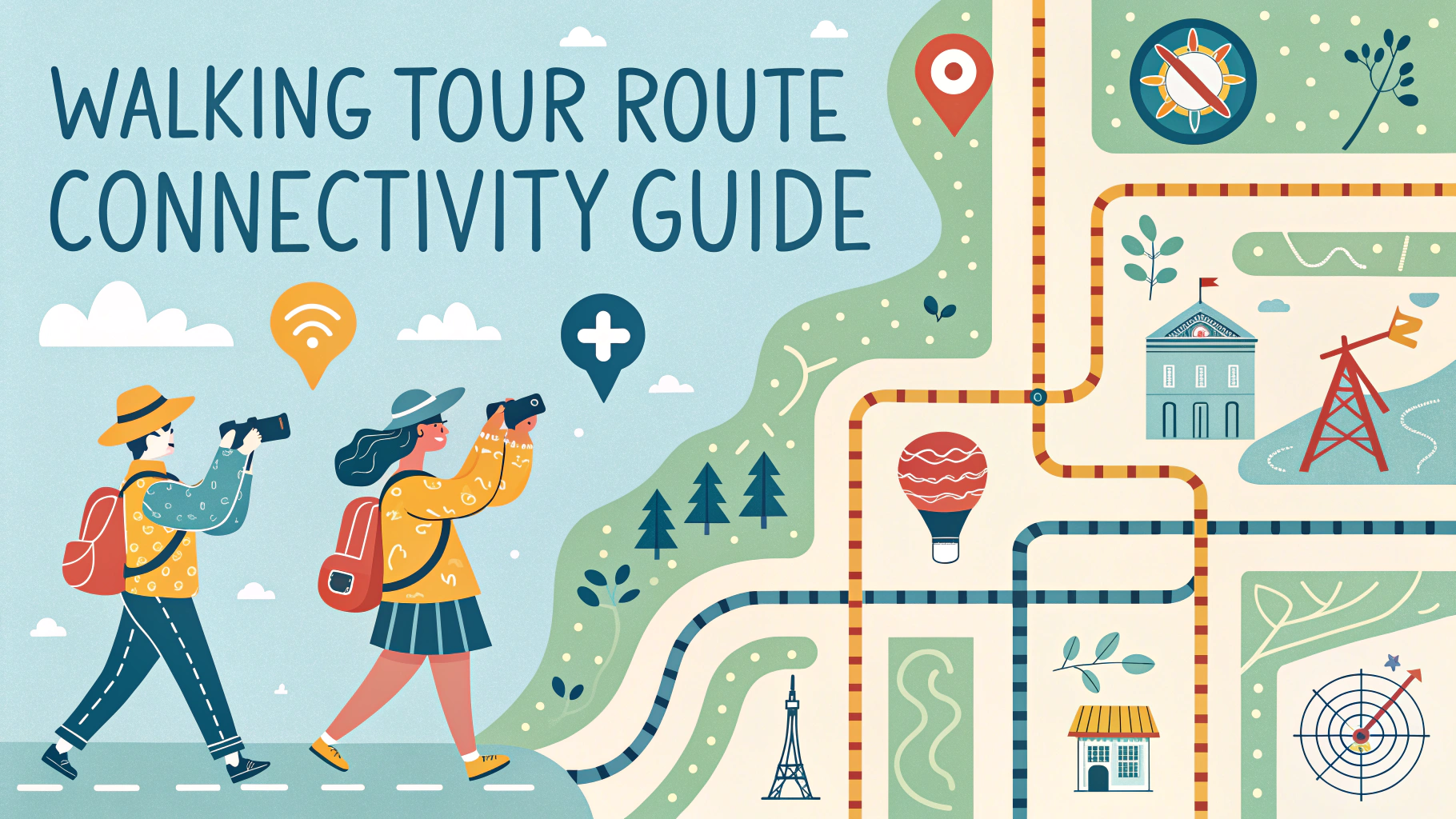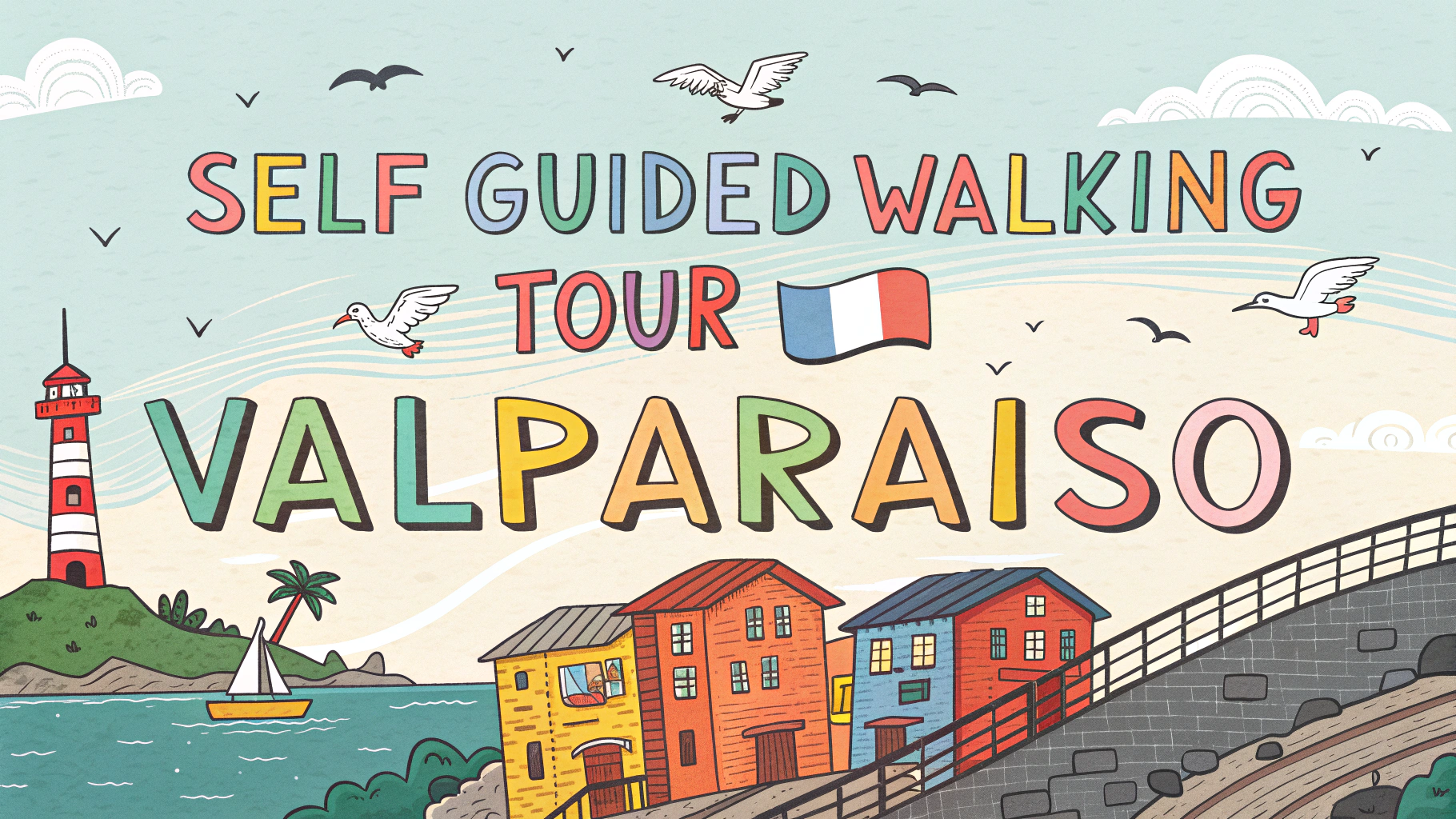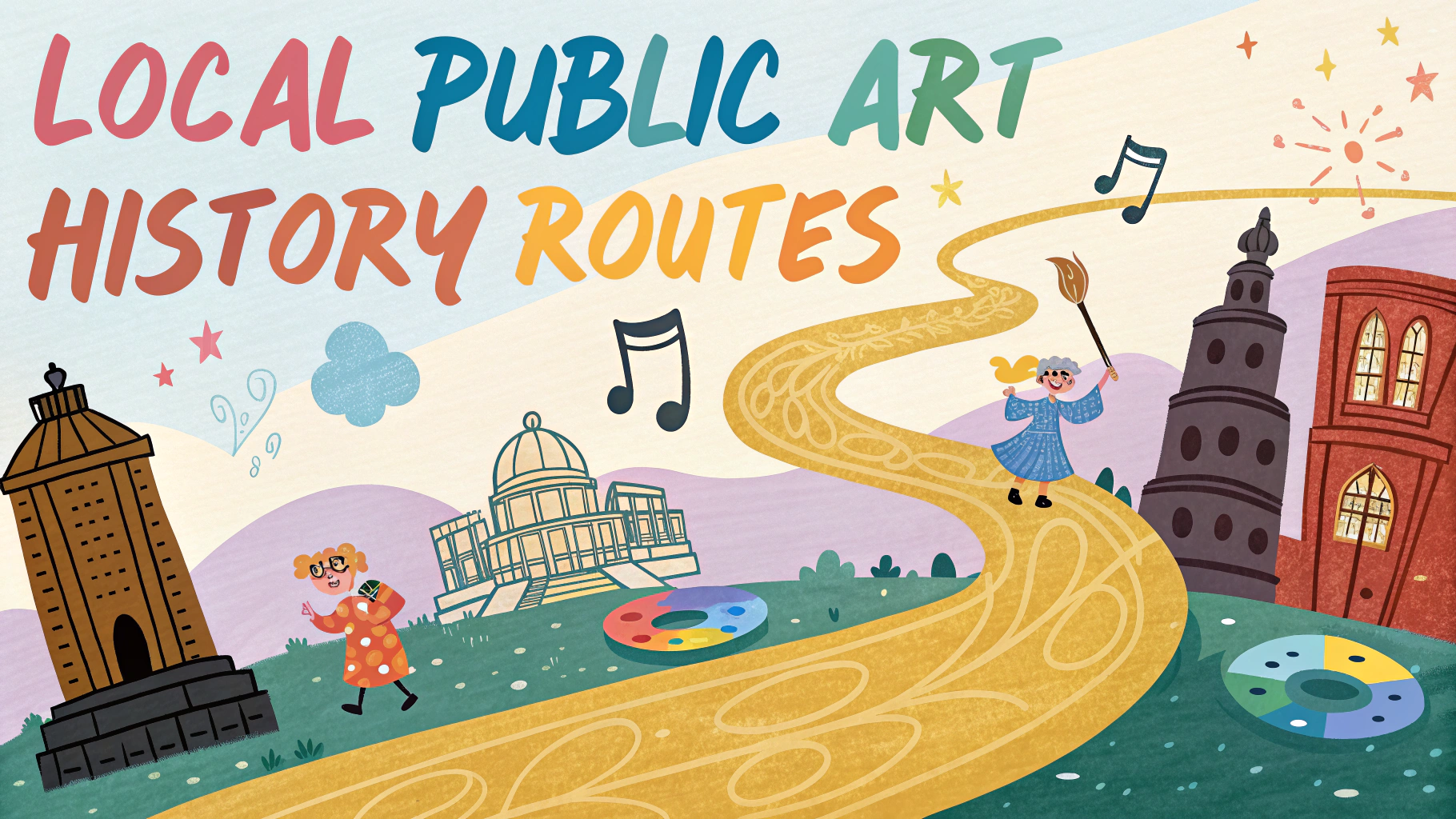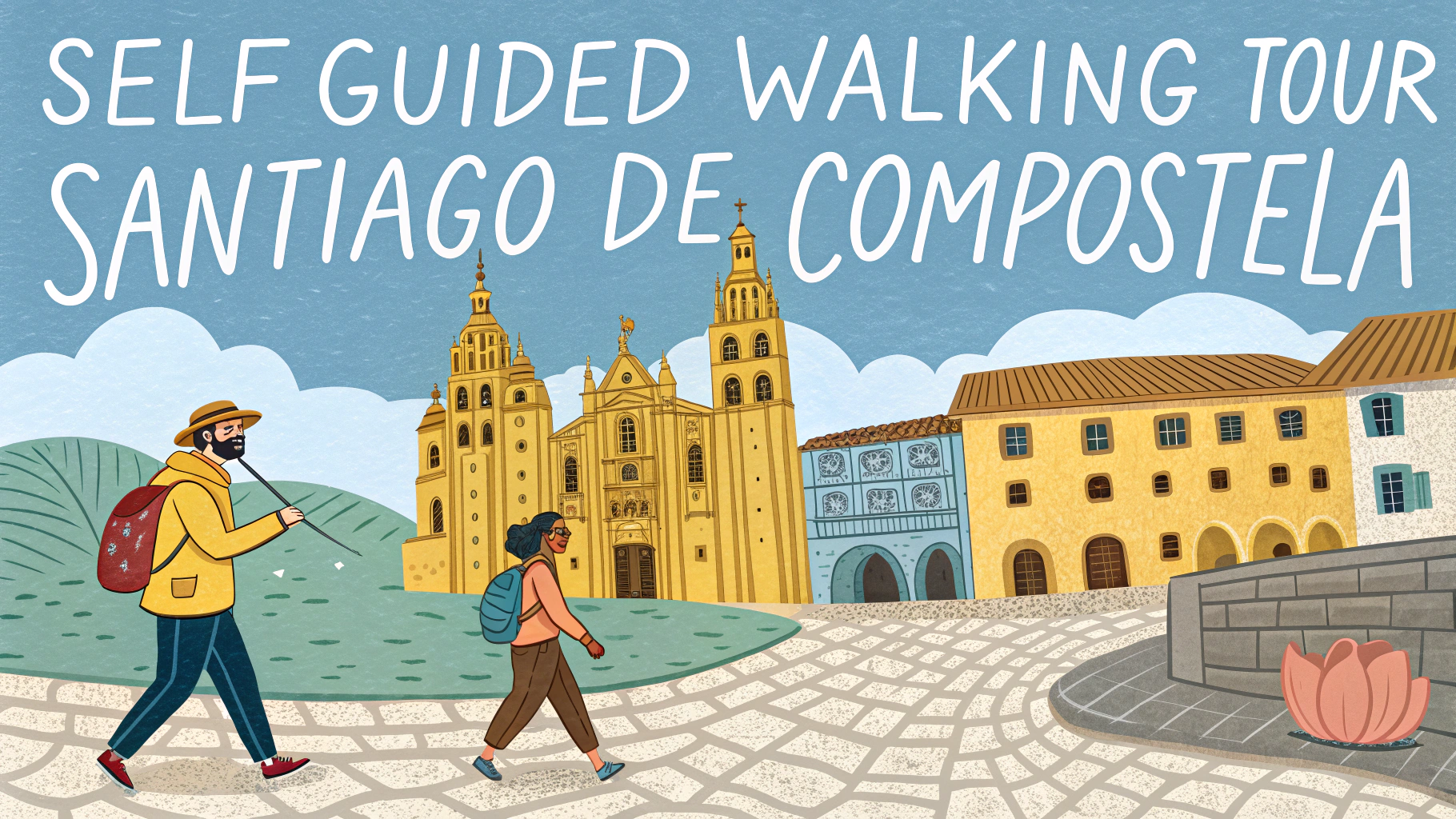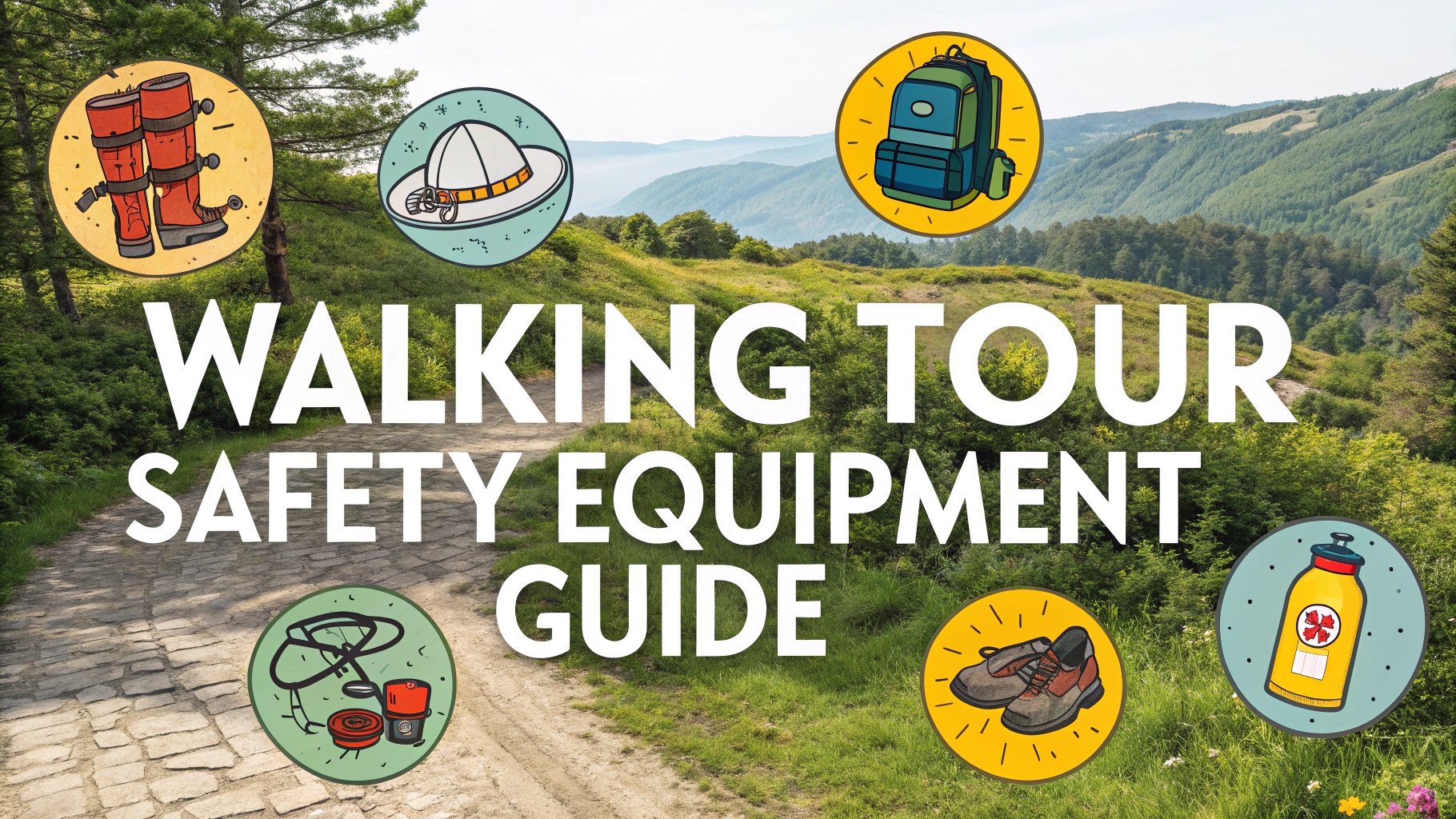Torres del Paine National Park offers some of South America’s most spectacular self-guided hiking opportunities through Patagonian wilderness.
Quick Navigation Tips
- Park entrance fee: $45 USD (high season) / $35 USD (low season)
- Best hiking season: October to April
- Required permits: Available at park entrance
- Emergency number: +56 61 2360302
Popular Self-Guided Routes
Base of the Towers (Mirador Las Torres)
This challenging 18km round-trip hike takes 7-9 hours and leads to the park’s iconic granite towers.
French Valley (Valle Francés)
A moderate 15km round-trip trail offering views of hanging glaciers and dramatic peaks.
Grey Glacier Lookout
An 11km round-trip trail leading to viewpoints over the massive Grey Glacier.
Essential Packing List
- Waterproof hiking boots
- Rain gear (jacket and pants)
- Layers of warm clothing
- Trail map (available at park entrance)
- First aid kit
- 2L water minimum
- High-energy snacks
Trail Markers
- Red markers: W Circuit
- Green markers: O Circuit
- Yellow markers: Side trails
Accommodation Options
| Type | Cost Range (USD) | Booking Required |
|---|---|---|
| Refugios | $50-90/night | Yes, 6+ months ahead |
| Campgrounds | $10-15/night | Yes, 3+ months ahead |
Safety Tips
- Check weather forecasts before starting (available at ranger stations)
- Register your hike at park entrance
- Stick to marked trails
- Start early to avoid afternoon winds
- Carry emergency shelter
Transportation
Regular buses run from Puerto Natales to the park entrance (2.5 hours, $15-20 USD each way).
Recommended Gear Rental Shops in Puerto Natales
- Erratic Rock: +56 61 2414317
- Base Camp: +56 61 2412887
Book accommodations through official providers: Vertice Patagonia and Fantastico Sur.
Weather Considerations
- Summer temperatures: 5-20°C (41-68°F)
- Winter temperatures: -5-5°C (23-41°F)
- Frequent strong winds up to 100km/h
- Sudden weather changes common
Photography Spots
Sunrise Locations
Base of the Towers viewpoint offers spectacular sunrise colors on the granite peaks.
Sunset Locations
Pehoe Lake viewpoint provides dramatic evening light over the Cuernos mountains.
Wildlife Viewing
- Guanacos (common in grasslands)
- Andean condors
- Pumas (rare sightings)
- Andean foxes
Park Rules
- No fires allowed
- Pack out all trash
- Stay on marked trails
- No drones without permit
- No removal of plants or rocks
Conclusion
Torres del Paine offers world-class hiking experiences for well-prepared visitors. Success depends on advance planning, proper gear, and respect for park regulations. The dramatic landscapes and pristine wilderness make it a must-visit destination for outdoor enthusiasts.
For latest updates and trail conditions, check the official park website or contact the visitor center at +56 61 2360302.
FAQs
- What is the best time of year to do a self-guided trek in Torres del Paine?
The best time is during the austral summer (December to February) when weather is most stable. However, October-November and March-April offer fewer crowds and still reasonable conditions. - How many days are needed for the main circuits in Torres del Paine?
The W Trek typically takes 4-5 days, while the full O Circuit requires 7-9 days. The Q Circuit needs 8-10 days to complete. - Do I need to book refugios and campsites in advance?
Yes, especially during peak season (December-February). Refugios and campsites must be booked several months in advance through official providers CONAF, Vertice Patagonia, or Fantastico Sur. - What permits are required for self-guided hiking in Torres del Paine?
You need to pay the park entrance fee and have confirmed reservations for all overnight stays. No special hiking permits are required beyond the park entrance fee. - What essential gear do I need for a self-guided trek?
Essential gear includes waterproof hiking boots, layered clothing, rain gear, sleeping bag (rated for 0°C/32°F), backpack (50-70L), headlamp, and basic first aid kit. - How difficult is the terrain for self-guided hiking?
The terrain varies from moderate to challenging, with elevation gains up to 1,000m. The main trails are well-marked but can be steep and rocky, particularly around the Towers and Passes. - What food options are available along the trek?
Refugios offer meals and basic supplies, but they’re expensive. Most self-guided hikers carry their own food. Camping areas have no food services except at major refugios. - How reliable is the weather in Torres del Paine?
Weather is highly unpredictable with possible four seasons in one day. Winds can reach 100km/h, and sudden weather changes are common. Always check forecasts and be prepared. - Is it safe to drink water from streams in the park?
Most streams are safe to drink from, but it’s recommended to use water purification tablets or filters. Water sources are abundant throughout the park. - Can I do Torres del Paine solo or should I join a group?
Solo hiking is possible and common for experienced hikers as trails are well-marked. However, it’s recommended to have prior trekking experience and good navigation skills.
